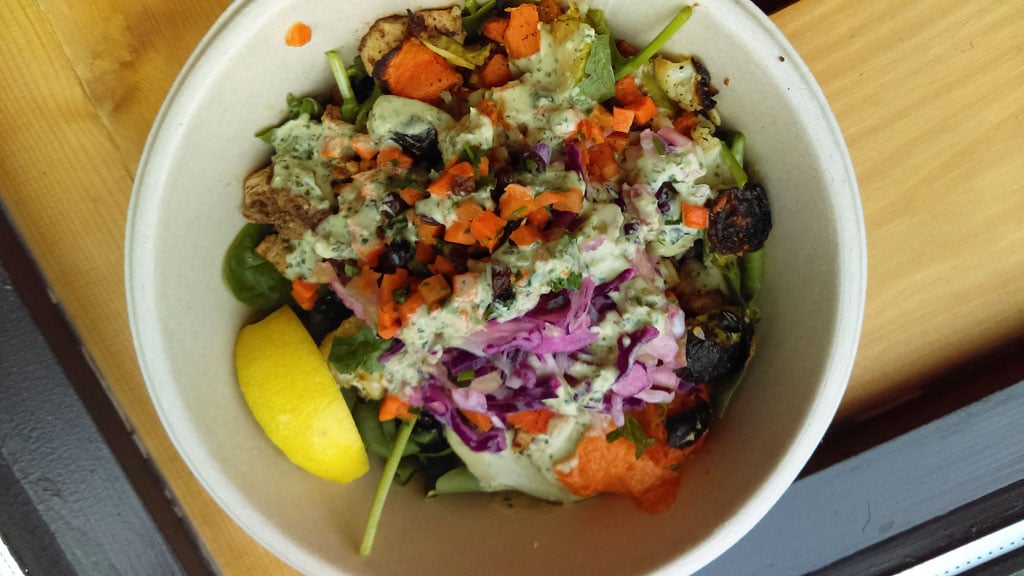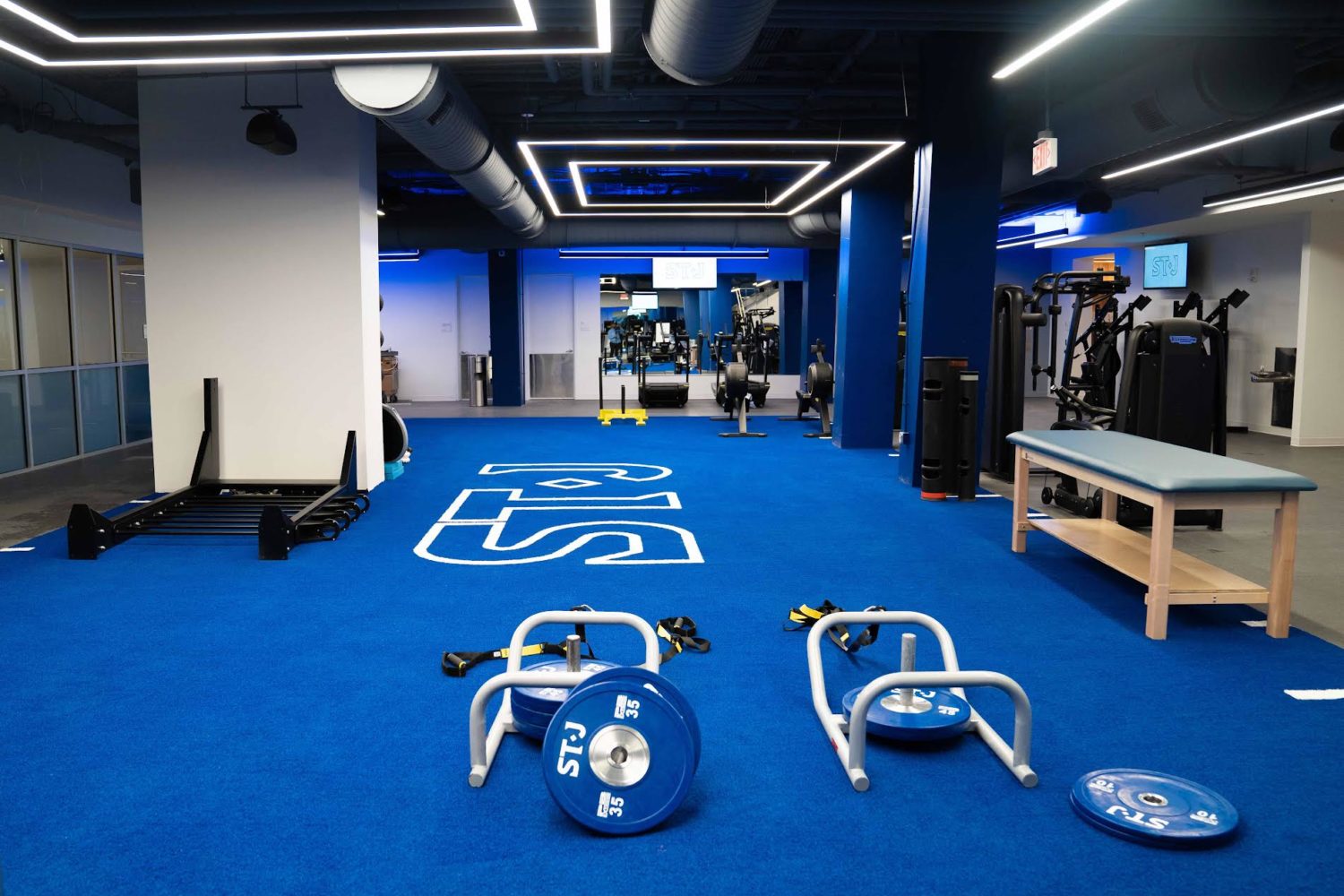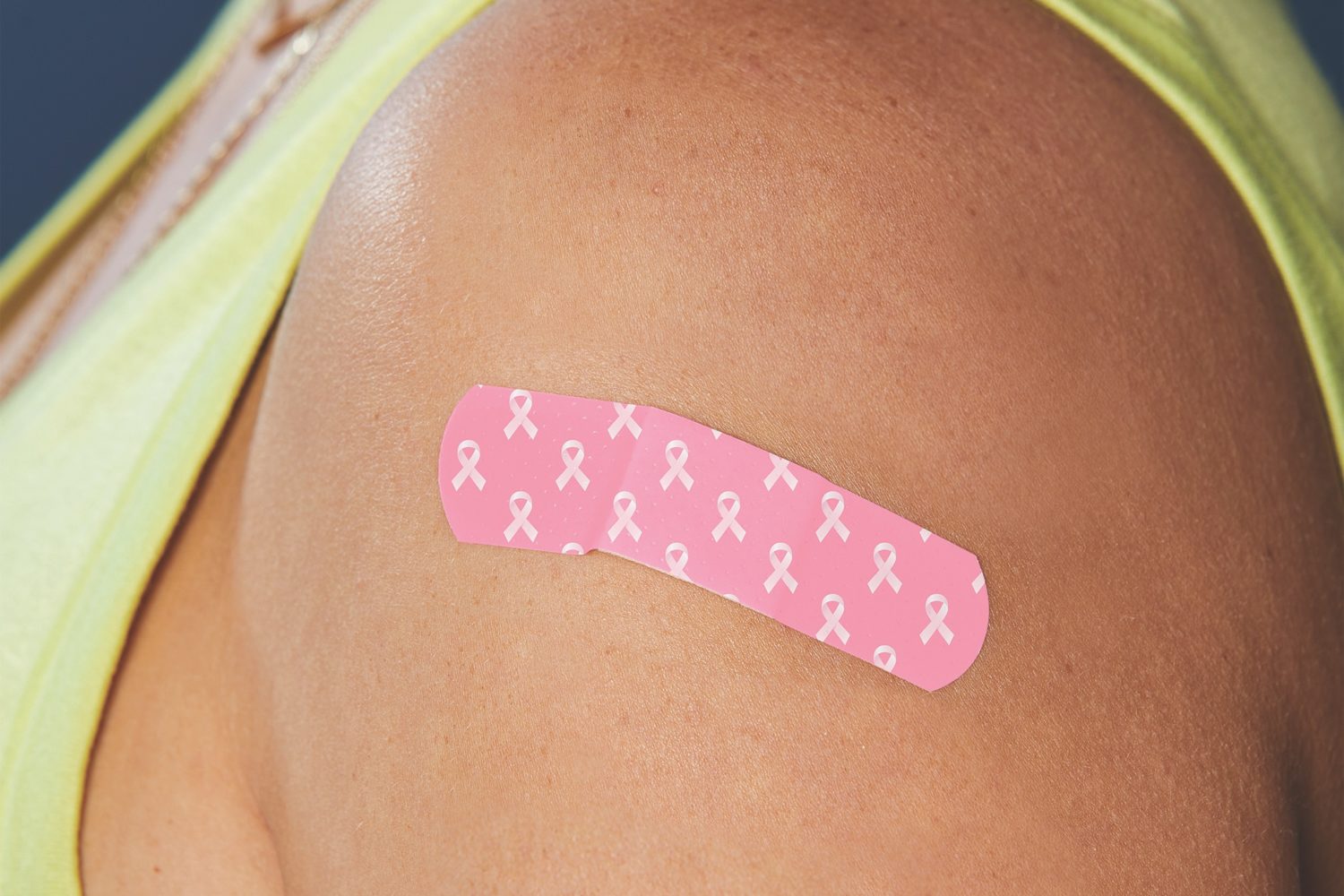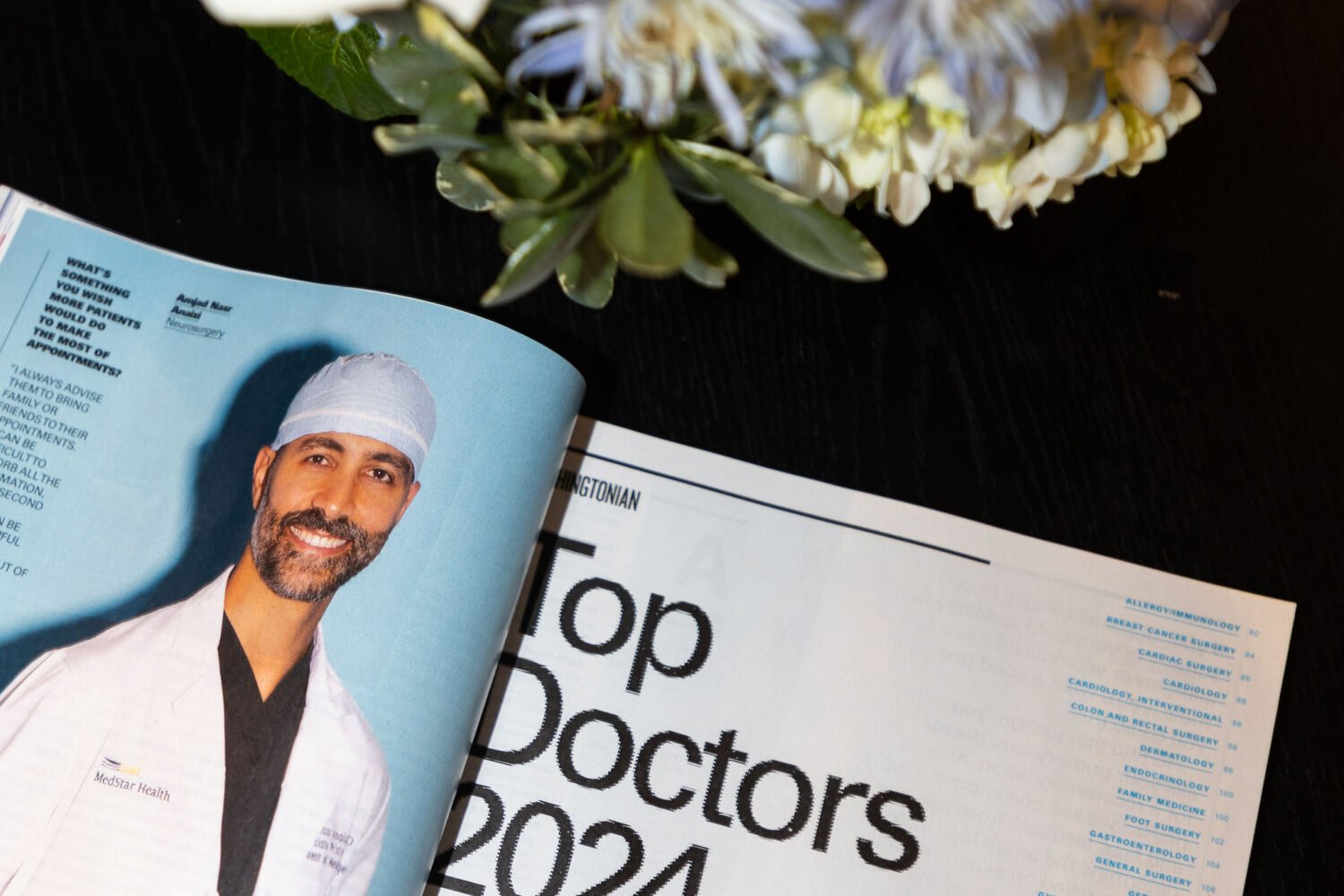“They had to use a vacuum extractor because my son’s head came out about two-thirds of the way on each push, but kept going back in. And his heart rate was dropping. I thought we were heading for the operating room.”
That’s one heart-stopping piece of a woman’s labor and delivery story, as told to Maternie, a new website resource for pregnancy and postpartum information. What else do we know about the mother? She was in labor for ten hours, she had an epidural, and her water broke while she was folding laundry.
For many women, giving birth may be the biggest medical event of their lives thus far. Yet when it comes to getting information about what the experience of going into labor will actually be like, where can they go? Ask friends? Read message boards? This was the dilemma that Meghan McCarthy, a former healthcare reporter for National Journal and editor of Morning Consult, faced when she was pregnant with her first child in 2016. Though she says that reading other women’s message board stories was more useful for understanding what giving birth would be like than anything she’d learned in a birthing class, the stories could be old or filled with misinformation, and many needed editing. After spending years gathering reliable health information from verifiable sources, McCarthy was shocked by the dearth of reliable information about the labor, delivery, and postpartum experience.
“There’s a lot of information out there, but it feels very scattered. As someone who is a former reporter, it felt like it was very hard to verify how accurate it was,” McCarthy says.
That’s why McCarthy has started collecting and publishing women’s stories herself, organizing them into neat Q&A formats that are easy to read and cover the bases, including the year the woman gave birth, hours in labor, whether she had an epidural, and if medical intervention was required. Through McCarthy’s website, Maternie, women can anonymously submit their labor stories. The woman’s story above is one of several currently published on Maternie, though McCarthy plans to continue collecting more.
The labor stories are just a small part of McCarthy’s overall plan to turn Maternie into a resource for new moms. She has collected enough data to launch a beta version of a daycare directory, and she’s written guides to handling interrupted sleep or heartburn during pregnancy. She has plans to add pricing information to the daycare directory and to build out a guide to maternity leave on the site next. Like she did as a journalist, her methods for creating Maternie content involve tracking down the information, verifying it, then sharing it for other women to decided how to use.
“With a lot of these questions, there’s no perfect answer, and I think for journalists, you run into that all the time,” says McCarthy. “You’re going to every source possible and asking them for their perspective and then providing that to readers.”
While McCarthy relies on scientific data for answers for some of the questions and issues new moms face, she also relies on the moms themselves. And McCarthy has found that women are eager to talk about their experiences: before launching Maternie, McCarthy first created a survey to gauge how women felt about the information they’d received during and after their pregnancies. After asking some friends to share the survey on Facebook, she soon had over 500 responses.
“[Giving birth] was the most significant medical experience of my life,” says McCarthy. “It’s life-changing. So sharing that with other people I think can be a natural instinct.”




















